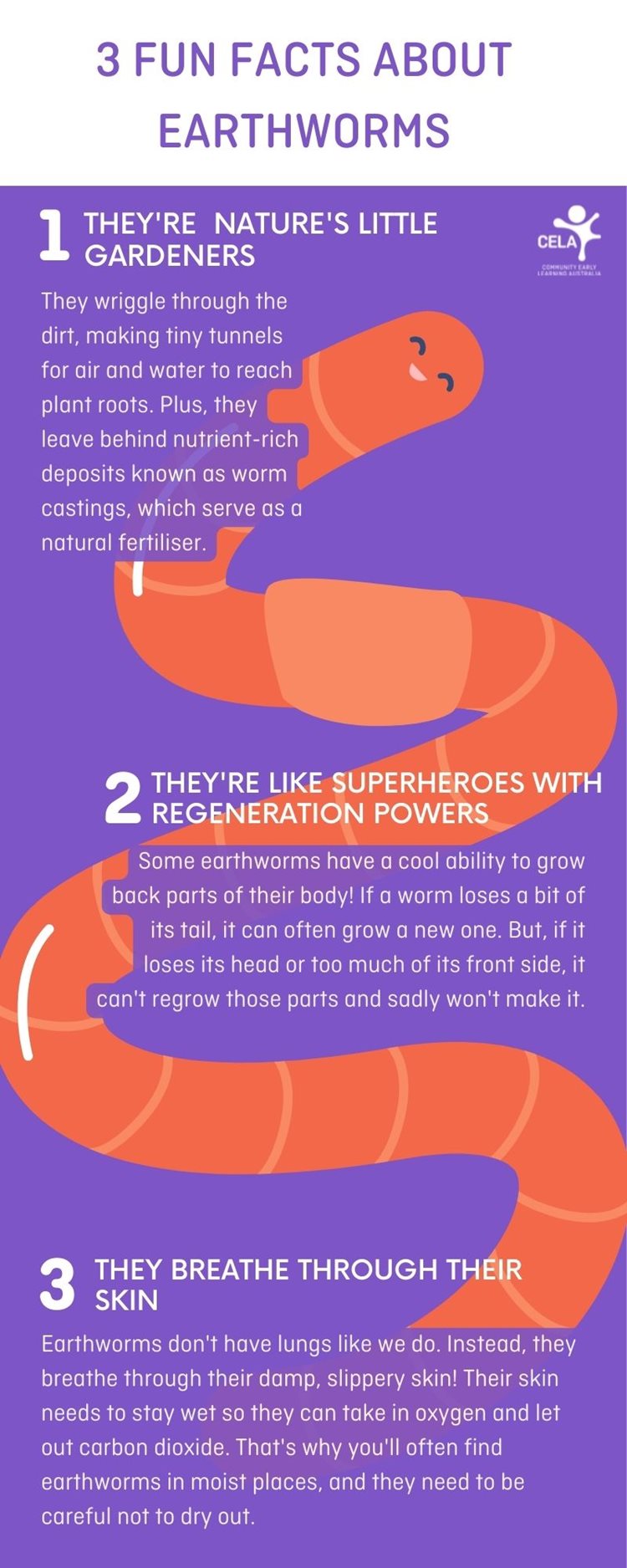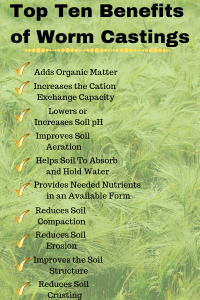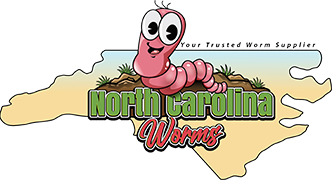North Carolina Worms - The Facts
North Carolina Worms - The Facts
Blog Article
7 Easy Facts About North Carolina Worms Shown
Table of ContentsExcitement About North Carolina WormsThe Best Strategy To Use For North Carolina Worms3 Easy Facts About North Carolina Worms ExplainedThe Ultimate Guide To North Carolina Worms
Example: 1-gallon of worm castings to 4 gallons of potting mix. 1/2 cup in the base of the planting hole for smaller plants. 1 cup for bigger plants.
The enhancement of tea can additionally add enhanced microbial biomass to your dirt. You can constantly side-dress your plants with worm spreadings any time. Simply bear in mind, the bacteria will pass away if exposed to UV rays (Sunlight), so make certain to cover the spreadings with an inch or two of dirt.
This baffled them for years until the testing methods ended up being much better. It would certainly obtain much better(with more castings), degree off, and then decrease. As well many worm spreadings would increase the development to a pace that the plant might not recover from.
How North Carolina Worms can Save You Time, Stress, and Money.
I have stated the virtues of worm castings for about 2000 words. Worm castings are no different. It takes time to produce top quality worm castings.
Worm castings certainly set you back even more than chemical fertilizers. Worm spreadings are on the cheaper end of natural plant foods. (50 gallons per year) It is a much tougher and really pricey financial investment to generate huge amounts of worm castings.

Producing a healthy dirt might be the biggest benefit of worm castings. We discussed worm castings NPK and additionally the appropriate nutrient evaluation that must apply to worm castings.
The Best Strategy To Use For North Carolina Worms
We talked about some of the drawbacks connected with worm castings. I covered a great deal of product in this write-up.
The upright burrows are commonly open, although the worms cap the top with deposit and excrement. Origins require oxygen for their growth, whereas they create carbon dioxide that requires to leave the soil.
Earthworms enhance porosity by 2 systems: (1) by developing irreversible burrows, and (2) by boosting dirt gathering. Aggregation is improved by the blending of dirt and natural matter in the earthworms' guts. Lake Rhodhiss Bait. These extremely stable aggregates are transferred by some earthworms in their burrows, and by others at the surface area of the soil


In another study, earthworms were approximated to eat 4 to 10 percent of the leading 6 inches of the dirt each year. Soil compaction reduces the porosity of the soil.
The Only Guide to North Carolina Worms
Regular earthworm populaces can conveniently eat 2 bunches of completely dry matter per acre annually, partly absorbing and mixing it with soil. The importance of earthworms to blend surface area residue with soil becomes really clear in soils that do not have any earthworms. Many of our Pennsylvania dirts have at least some earthworms, and the result of their total absence, consequently, can not be kept in mind.
(https://celestialdirectory.com/gosearch.php?q=http%3A%2F%2Fwww.northcarolinaworms.com%2F&search-btn.x=0&search-btn.y=0)In these soils, the formation of topsoil with practical raw material material did not happen, resulting in poor crop development. As soon as the cause was developed, the government of the Netherlands began a campaign to present earthworms. After the introduction of the earthworms, a dark topsoil layer was formed, and plant growth raised substantially.
They live mainly from partially broken down raw material that is already integrated in the dirt. They consume their means through the soil, producing horizontal burrows that they full of their excrement. These species consume huge quantities of dirt that they combine with digested crop residue in their intestines. or anecic varieties stay in long-term vertical burrows that can be 5 or 6 feet deep.
Their burrows continue to be open, although they cover the leading with plant deposit that they pull to the entrance. These types ingest significant quantities of dirt that they blend with absorbed deposit in their guts. Their waste matter is primarily transferred at the surface area of the dirt. The nightcrawler Lumbricus terrestris is the most noticeable member of this team.
Report this page